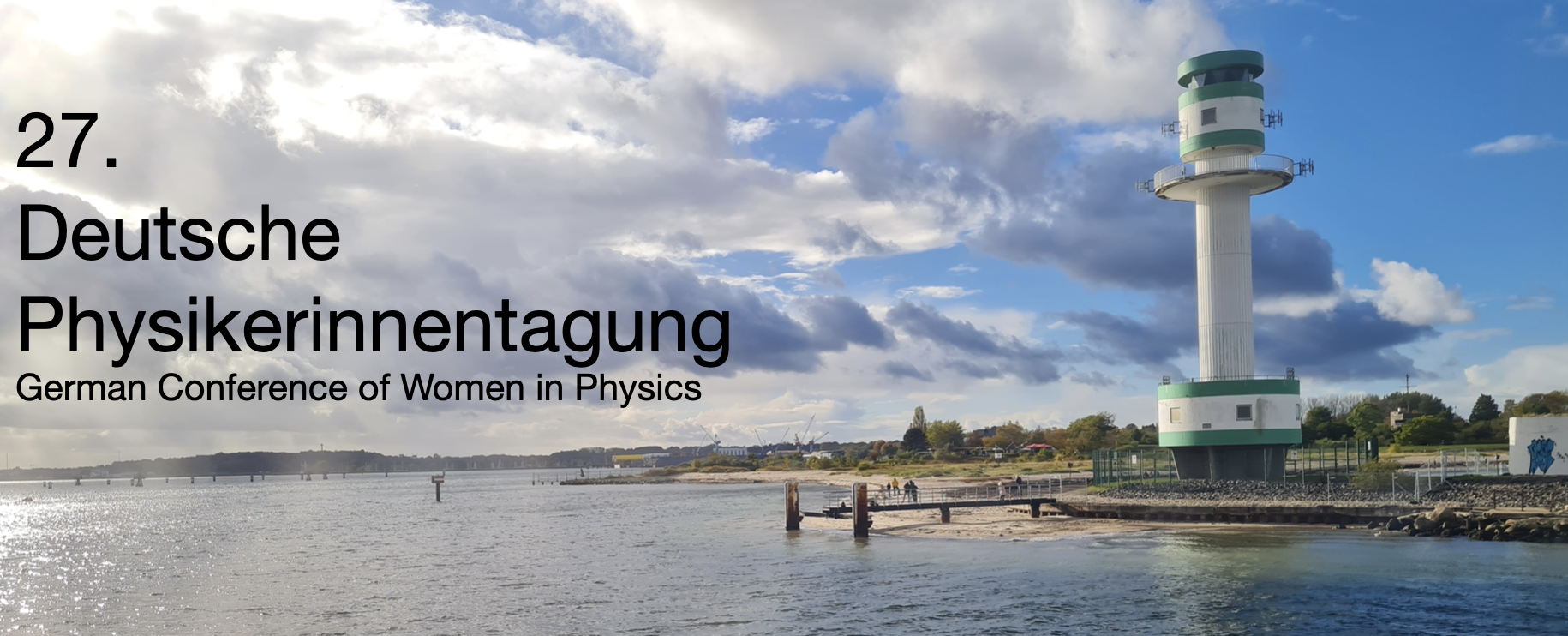Speaker
Description
One of the most pressing issues our society faces is the production and consumption of energy. The way how next generations will produce energy will significantly influence the environment and the future of our planet. In fusion research, our goal is to use the same physical process that powers the Sun, the fusion of light atomic nuclei to generate energy. For this, extremely high temperatures (100 million degrees Celsius) are required to overcome the electrostatic repulsion between positively charged nuclei. At these high temperatures, matter exists in a plasma state, where electrons are no longer bound to nuclei. Since a plasma consists of charged particles, it interacts with electromagnetic fields, allowing us to use strong magnetic fields to confine the plasma without touching the wall of a reactor. The tokamak is one of the most advanced and widely studied concepts in the field of magnetic fusion. It is a toroidal device that uses a combination of external magnetic coils and an internal plasma current to generate the magnetic fields needed to confine the plasma. Current experimental devices aim to study reactor-relevant conditions to improve our understanding of plasma behavior for the design of future fusion reactors. One such experiment is the ASDEX Upgrade tokamak, operated at the Max Planck Institute for Plasma Physics in Garching, Germany. This study analyzes plasma discharges from the ASDEX Upgrade tokamak with a particular focus on the plasma edge. This few centimeters wide region displays complex dynamics due to the interplay of turbulence and magnetohydrodynamic (MHD) instabilities driven by large temperature and density gradients. These phenomena occur on timescales ranging from milliseconds to hundreds of milliseconds, and they govern heat and particle transport, playing an important role in determining the overall behavior and global confinement of the plasma. This research focuses on understanding and characterizing these edge dynamics in tokamak plasmas. For this purpose, linear stability analysis against MHD instabilities is carried out using experimental edge profiles, aiming to validate theoretical models and improve predictions for future fusion reactors.

